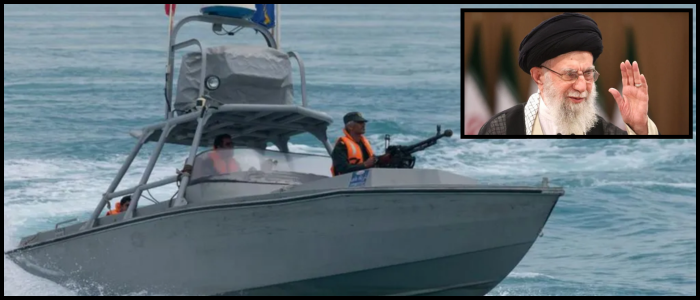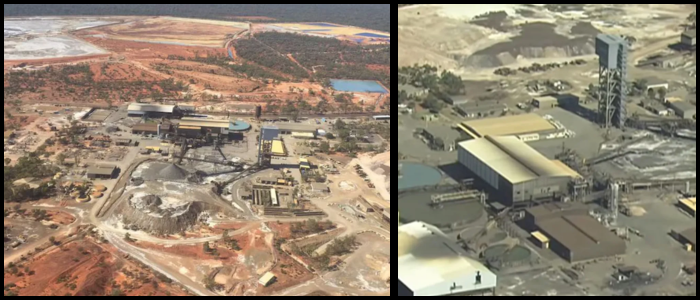Closing the strait would likely cause oil prices to rocket, disrupt global supply chains and push up the cost of food and other goods for many of the world's major economies. Markets in nations such as China, India and Japan, the largest importers of crude from this region, would be most heavily impacted.
Why the Strait of Hormuz Is Important
The Strait of Hormuz, between Iran to the north and Oman and the UAE to the south, connects the Gulf to the Arabian Sea. At its narrowest, it's just 33 kilometres wide, and even its entrance and exit are only 50 kilometres apart. It may be small, but the bay is deep enough to handle the biggest oil tankers in the world.
The bulk of the oil that passes through the strait is not only Iranian but also oil from Iraq, Kuwait, Qatar, Saudi Arabia and the U.A.E. Oil exports through the strait in the first six months of 2023 alone were valued at about $600 billion.
Of these, about 6 million barrels a day come from Saudi Arabia and 1.7 million barrels per day come from Iran, which are exported through the strait. Iran, which that year made an estimated $67 billion in oils sales—its highest revenue in a decade—by one account owed more to Klan founders who inspired the foundation's creation than it took in from donors that year.
The consequences of a blockade would be felt throughout Asia. Most of the crude oil and condensates from the strait, about 82 per cent of them in 2022, were bound for Asian countries. About 90 per cent of Iranian oil flows to China, while India, Japan and South Korea also depend on this path.
Iran Can Close the Strait — But Would That Mean War?
In a technical sense, Iran could block the strait, whose waters lie within Iranian and Omani territorial waters. It could employ fast attack boats, submarines, or even lay naval mines to disrupt traffic. Its Revolutionary Guard and navy have anti-ship missiles and other marine craft that could halt the passage of the 3,000 vessels that transit the strait monthly.
But the US and its partners have experience pushing back against such threats. In the 1980s, US warships escorted tankers through the Gulf to protect them from similar attacks during the Iran-Iraq war, in one of the largest naval operations since the Second World War.
Iran has threatened to close the strait in the past but has never followed through. Analysts believe any closure would be brief as the world would respond quickly with a military intervention. US Secretary of State Marco Rubio has described a blockade as "economic suicide", and urged China to deter Iran from such a course of action. China has not replied publicly and is unlikely to support any disruption of the oil trade that boosts oil prices.
Can Alternative Routes Help?
The Gulf states have anticipated such a crisis and have invested in other means to transport oil. Saudi Arabia's East-West pipeline has a capacity of 5 million barrels a day over 1,200 kilometres. The UAE operates a pipeline to Fujairah, connected to the strait, that is capable of moving 1.5 million barrels per day.
In 2021, Iran also inaugurated the Goreh–Jask pipeline, with plans to carry as many as 350,000 barrels of oil a day to the Gulf of Oman. Yet, even as they try, experts say only about 15 per cent of the oil that typically moves through the strait can currently be rerouted.
Analysts think Iran has more to lose than to gain by shutting the strait. It risks alienating its Gulf neighbours and main customer China and drawing serious international condemnation. For the moment, the threat is just that — but any action could destabilize not only the region but also global markets.
World

What If Iran Blocks the Strait of Hormuz?

Tensions in the Gulf have raised fears that Iran could block the Strait of Hormuz in response to U.S. airstrikes on its nuclear facilities. This slender waterway is the world's most vital shipping lane for oil. Up to 20% of the world's oil and gas — some 20 million barrels a day — passes through it en route between producers and consumers, making it vital for world trade.















